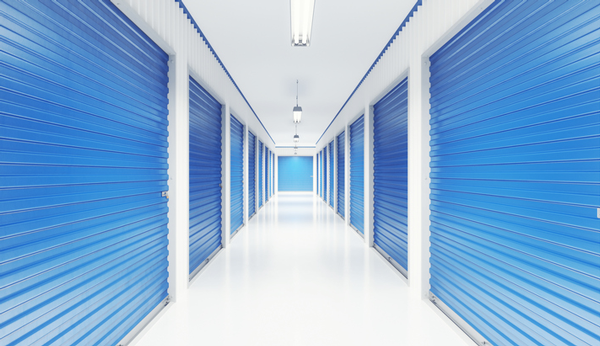Trending
Self-storage surge
Because of severe undersupply, self-storage developers have found opportunity in NYC

Self-storage in New York City has never been considered one of the “major food groups” of commercial real estate. The name itself conjures up images of seemingly endless rows of storage lockers stretching across vast lots located along suburban highways. But due to the city’s lack of supply — 3.52 square feet per person, roughly half the national average, according to CBRE — and growing population, it’s no surprise that the market is considered the holy grail among self-storage developers.
Self-storage companies — many of them real estate investment trusts, such as CubeSmart and Extra Space Storage — have capitalized on the opportunity to cater to the underserved market, and now there is a surge of new facilities coming to the five boroughs. Roughly 2 to 2.5 million square feet of self storage properties are in the pipeline — a 10 percent increase in the existing 20 to 25 million square feet, according to Cushman & Wakefield.
Last year, CubeSmart opened facilities at 1260 Zerega Avenue in the Unionville section of the Bronx and at 1151 East New York Avenue in East New York, Brooklyn. One of the company’s main competitors, Extra Space Storage, opened an outpost at 40 Convent Avenue, near Columbia University’s Manhattanville campus.
And there are others in the works. Treasure Island Storage, a regional player with warehouses in New York and New Jersey, is developing two facilities in Brooklyn: one at 225 Pennsylvania Avenue in East New York and another at 33 Remsen Avenue in Brownsville. And the Illinois-based LSC Development is working on a facility at 950 Georgia Avenue in East New York.
On the whole, self-storage vacancies dipped to 13.5 percent in 2016 from 14.6 percent a year earlier, but are still higher than the 2011 to 2014 average of roughly 12.6 percent.
All that new supply, though, has some skittish about breaking ground in the city.
Ron Havener, CEO of the national REIT Public Storage, told The Real Deal during REIT Week last month that his company doesn’t have anything in the pipeline in New York City. “There’s a lot of supply coming into that market, and that’s going to have an impact for the next couple of years,” he said.
Others say the influx of new supply has put expectations of runaway rent growth on the shelf. Self-storage rents in Brooklyn, Queens, Northern Manhattan and the Bronx grew by 0.6 percent, to an average of $267.03 per month in the first quarter of 2017, down from 2.1 percent during the same period in 2016, according to the commercial real estate data firm REIS. Last year finished with rate growth at 3.3 percent, down from 4.9 percent and 4.5 percent in 2015 and 2014, respectively.
“The guy down the street who was fully leased had to retain tenants,” said Marc Nakleh, head of Cushman’s New York self-storage advisory team. “That pulled everybody’s rents down a little.”
Meanwhile, the self-storage industry in NYC is facing other challenges beyond its control.
On one hand, owners have to compete with other developers looking to repurpose industrial sites for other uses that generate more income. In West Chelsea, for example, residential developer Six Sigma is building a 61-unit condo building at 513-527 West 29th Street on the site of a former Tuck-It-Away self-storage facility the company bought in 2015 for $54.8 million. And in Downtown Brooklyn, developer Jorge Madruga is in contract for an undisclosed price to buy a 115,000-square-foot warehouse owned by American Self Storage, where he plans to build a pair of residential towers with 262 units.
But there’s another potential factor that could severely limit supply. In May, Mayor Bill de Blasio’s administration formally introduced a land-use proposal that would require developers to get a special permit for the construction of new self-storage facilities in the outer boroughs.
If enacted, it could have a huge impact not only on supply but also on land sales.
“I’m already hesitant to go and sign up new development deals even before it’s passed. I don’t want to be stuck with something I can’t build,” said Stan Bonilla, vice president of development for Safeguard Self Storage.
And while a policy that stems new supply would arguably benefit those with product in place, Bonilla said he’s not cheering it on.
“Sure, it will keep competitors away, but I still want to build more,” he said.




